World
Brussels approves €8 billion in subsidies for EU-made microchips
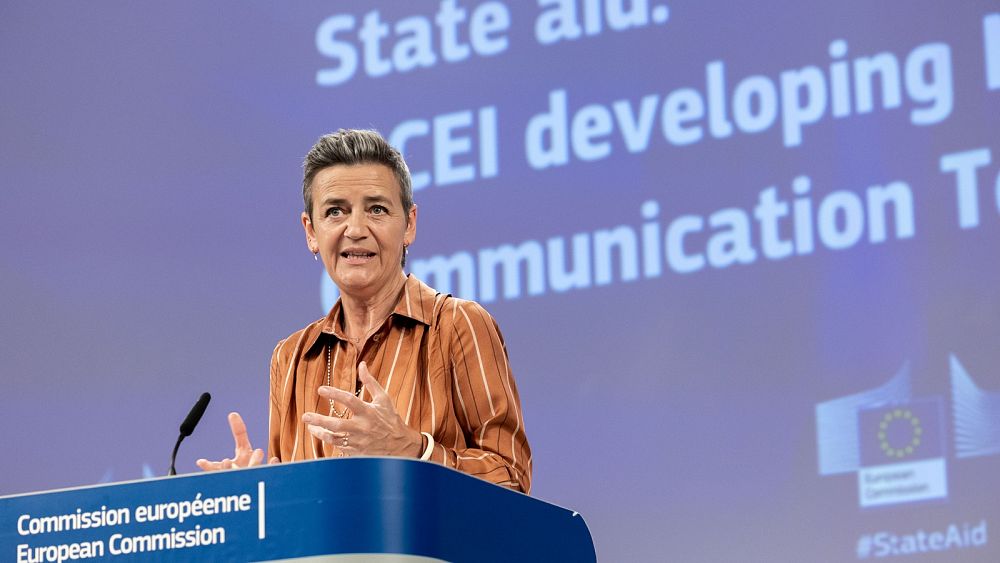
The European Union is hoping to boost domestic production of semiconductors and capture 20% of the global market by 2030.
A new raft of European subsidies for microchips is on its way.
The European Commission approved on Thursday a tranche of €8.1 billion in state aid for the production of Made in Europe semiconductors.
56 companies of different sizes will tap into the financial pot to carry out 68 projects across 14 member states: Austria, the Czech Republic, Finland, France, Germany, Greece, Ireland, Italy, Malta, the Netherlands, Poland, Romania, Slovakia and Spain.
The Commission hopes the public money will bring €13.7 billion in private investments and thus mobilise a total of almost €22 billion between now and 2032, the date by which all projects are expected to reach the final stage.
The first products, however, could be available in the market as soon as 2025.
“This is a big thing. It’s a lot of funding that goes into these projects,” said Margrethe Vestager, the European Commission’s executive vice-president in charge of competition.
The projects will focus on the research and development of “resource-efficient technologies” like chips, processors and sensors, Vestager explained.
The approval was made under the framework of so-called “Important Projects of Common European Interest” (IPCEI), a type of undertaking that is supposed to benefit not only the countries that inject the aid but the entire European economy.
Because of this expected spill-over effect, IPCEIs enjoy easier access to taxpayers’ money.
As the main enforcer of competition rules, the European Commission has the mandate to examine and approve any subsidy that threatens to upset the economic balance between member states and trigger an unfair race.
The state-aid rulebook has been traditionally strict, angering larger countries with big pockets. But the increasingly fierce race for microchips, the tiny electronic circuits that power smartphones, computers, vehicles and daily appliances, has pushed Brussels to adopt a more lenient approach, carving exemptions to enable injections of public funds at a faster pace and larger scale.
The ultimate goal is to boost the production of Made In Europe microchips and achieve a 20% share of the global market by 2030, which, in theory, would ensure the bloc’s long-term competitiveness and sovereignty.
“We must increase Europe’s own chips research, development (and) production capabilities,” Vestager said. “We need to be pioneers. We need to develop truly innovative solutions and, of course, their first industrial deployment in Europe.”
The ambition, however, faces an uphill struggle against the technological prowess of China, Japan, South Korea and, most crucially, Taiwan, which dominates the market of advanced semiconductors in a nearly monopolistic manner.
The United States, which, like the EU, has found itself lagging behind Southeast Asia, has too become more forceful in its policies. Last year the country adopted the CHIPS and Science Act, which includes $39 billion in incentives for manufacturing and $13.2 billion in research and development.
Brussels is in the meantime wrapping up the legislation behind the European Chips Act, a three-pillar proposal that aims to mobile over €43 billion in public and private investments, with €3.3 billion coming straight from the EU budget.
The IPCEI is a separate instrument and the money raised under the state-aid scheme will not count towards the European Chips Act.

World
UN experts say South Sudan is close to securing a $13 billion oil-backed loan from a UAE company
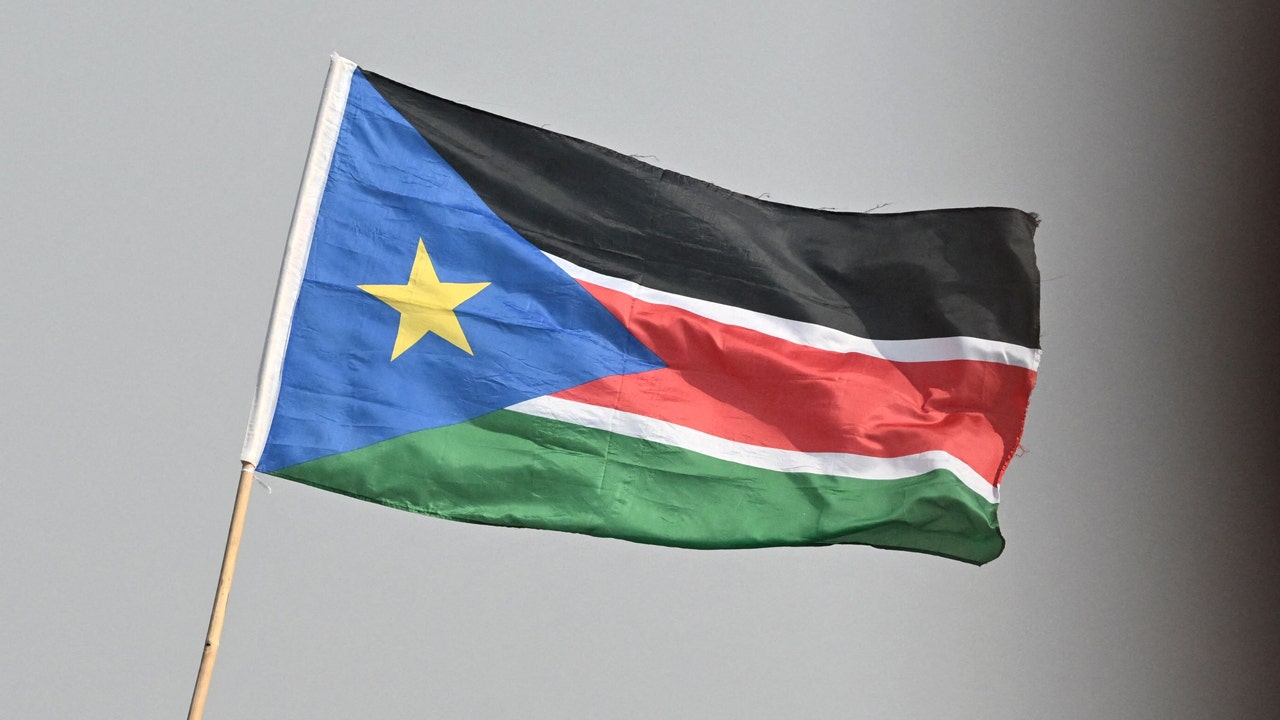
U.N. experts say South Sudan is close to securing a $13 billion loan from a company in the United Arab Emirates, despite the oil-rich country’s difficulties in managing debts backed by its oil reserves.
The panel of experts said in a report to the U.N. Security Council that loan documents it has seen indicate the deal with the company, Hamad Bin Khalifa Department of Projects, would be South Sudan’s largest-ever oil-backed loan.
SOUTH SUDAN MEDIATION TALKS LAUNCHED IN KENYA WITH A HOPE OF ENDING CONFLICT
The experts, who monitor an arms embargo against South Sudan, said in the oil section of the report obtained by The Associated Press this week that “servicing this loan would likely tie up most of South Sudan’s revenue (for) many years, depending on oil prices.”
U.N. experts say South Sudan is close to securing a $13 billion loan from a company in the United Arab Emirates, despite the oil-rich country’s difficulties in managing debts backed by its oil reserves. (Photo by TIZIANA FABI/AFP via Getty Images)
Hamad Bin Khalifa Department of Projects, registered in Dubai, has no listed phone number and its website isn’t working. An email address associated with the company bounced back. The UAE Mission to the United Nations declined to comment, saying Hamad is a private company.
South Sudan gained independence from Sudan in 2011 following decades of civil war that cost million of lives, and oil is the backbone of the young nation’s economy.
Soon after independence, South Sudan fought its own civil war from 2013 to 2018, when rivals President Salva Kiir and Vice President Riek Machar signed a power-sharing agreement and formed a coalition government. South Sudan is under pressure from the United States and other nations to more quickly implement the 2018 peace deal that ended the civil war and prepare for elections.
According to the U.S. Energy Information Administration’s latest update, South Sudan produced an average of about 149,000 barrels of liquid fuels per day in 2023. The landlocked country uses Sudan’s pipelines to transfer its oil to Port Sudan for shipment to global markets in an agreement with the Sudanese government, which pockets $23 per barrel as transit fees for the oil exports.
South Sudanese Information Minister Michael Makuei Lueth told reporters in February that outside factors, including the civil war still raging in Sudan, have hurt South Sudan’s oil exports. He also said oil wells, which were water-logged by heavy floods during the past rainy season, weren’t yet fully operational.
The section on oil in the experts report said documents for the loan from the UAE company, signed between December and February by South Sudan’s minister of finance, indicate the loan is split into tranches.
According to the documents, around 70% of the loan is to be allocated to infrastructure projects, with the first payment in excess of $5 billion, the panel said. Following a three-year grace period, “the loan will be secured against the delivery of crude oil for a period of up to 17 years.”
The panel of experts raised serious questions about South Sudan’s oil-based debts.
South Sudan lost a case in the International Center for Settlement of Investment Disputes stemming from a $700 million loan it received from Qatar National Bank in 2012.
When the panel wrote its report, the tribunal had not reached a decision on how much the government would have to pay, but The Sudan Tribune reported Sunday that South Sudan has been ordered to pay more than $1 billion.
The panel of experts said it has also confirmed that the government owes $151.97 million to the Eastern and Southern African Trade and Development Bank stemming from a previous oil-related deal.
South Sudan was supposed to hold elections before February 2023, but that timetable was pushed back last August to December 2024.
In early April, South Sudan’s president warned lawmakers “not to cling to power just weeks after his former rival turned deputy proposed a further postponement of elections.
The panel of experts said would be “a significant milestone” and warned that the country’s leaders are running short of time “to ensure divergent expectations do not fuel further tensions and strife.”
The experts also noted South Sudan’s humanitarian crisis. in which an estimated 9 million of the country’s 12.5 million people need protection and humanitarian assistance, according to the U.N. The country has also seen an increase in the number of refugees fleeing the war in neighboring Sudan, further complicating humanitarian assistance to those affected by South Sudan’s internal conflict.
World
India’s biggest election prize: Can the Gandhi family survive Modi?

Amethi/Rae Bareli, India – Irfan*, a tea stall owner, is convinced that change is afoot.
“There has not been much traffic on this road from Rae Bareli to Amethi ever since the Congress lost power in 2014,” he says, referring to two towns and a party that for decades have been synonymous with one family – the Nehru-Gandhis, or as they are more commonly known, the Gandhis.
The first family of Indian politics has ruled the country for almost half of its journey since independence in 1947, with three generations of prime ministers: Jawaharlal Nehru, his daughter Indira Gandhi, and grandson Rajiv Gandhi. And through ups and downs, when the Congress has been in power and out of it, Amethi and Rae Bareli, separated by 62km (38 miles), have for the most part stood by the family. They’ve served as safe constituencies for India’s grand old party in the northern Indian state of Uttar Pradesh, which is India’s largest electoral prize: with 80 seats out of the nation’s total of 543 in the lower house of parliament.
In 2019, that tradition received a dramatic jolt when the Congress leader Rahul Gandhi – son of Rajiv – lost Amethi by 55,000 votes to Smriti Irani, a feisty minister in Prime Minister Narendra Modi’s Bharatiya Janata Party (BJP) government, which has been in power nationally since 2014. Rahul’s mother and former Congress chief, Sonia Gandhi, retained Rae Bareli for the party, the only seat it won in Uttar Pradesh as the BJP swept the nation, winning 303 seats overall.
Now, five years later, the towns are a tense microcosm of the national battle between the BJP and opposition Congress; between Modi and the Gandhis. Rahul is replacing his 77-year-old mother from Rae Bareli this time. BJP’s Irani is seeking reelection from Amethi. Each of them is expected to face tough competition from the other’s party. Amethi and Rae Bareli vote on May 20 in India’s giant election.
At stake are more than two seats: If the BJP wins Rae Bareli and retains Amethi, it will effectively have wiped out the Gandhi family and the Congress from Uttar Pradesh. Conversely, say opposition leaders, a Congress win in both seats could seed anti-BJP momentum in a state that often decides who rules nationally.
Irfan, from his vantage point of Tiloi town near Amethi and Rae Bareli, believes the political winds are blowing in the direction of the Congress. “Storm is building in both the cities, which will impact the entire state,” he says.
Yet, storms can be unpredictable – and Amethi and Rae Bareli know that.
Boost for the opposition?
In a video posted by the Congress party on social platforms, Rahul and his mother Sonia are seen leafing through old photos of the family visiting and contesting from Amethi and Rae Bareli, as they reflect on their family’s old association with the towns.
It is a decades-old bond. Feroze Gandhi, Indira’s husband and Rahul’s grandfather, won Rae Bareli in 1952 – independent India’s first election. Indira and Sonia won this seat subsequently, their stints interspersed by terms when their loyalists were nominated to contest from the town instead.
Only thrice has the Congress lost Rae Bareli. In 1977, a national opposition coalition toppled Indira’s government to come to power amid a wave of anger against the Congress over its imposition of a state of national emergency in 1975, when civil liberties were suspended and thousands of its political opponents were arrested. In 1996 and 1998, when the BJP was rising nationally and first came to power, it defeated the Congress here – though the Gandhi family was not in the contest on those occasions.
In Amethi, Indira’s elder son Feroze Gandhi lost the 1977 election but won in 1980. The Congress lost only once since then, in 1998, before Irani’s upset in 2019. Sonia and Rahul have both won from Amethi.
After his loss in 2019, many pundits had wondered whether Rahul would ever contest from the family pocket boroughs – or even from Uttar Pradesh – again. He had won from Wayanad in the southern state of Kerala in 2019 and contested from there again this time.
The Congress party insiders say he was unconvinced about contesting from a second seat this time, but was eventually swayed by pressure from Sonia, who was opposed to giving up the family’s bastions without a fight. Rahul’s sister Priyanka, who is now also a leader of Congress, decided against contesting.
With Rahul contesting from Rae Bareli, a longtime family friend Kishori Lal Sharma is competing against Irani from Amethi. It’s a scenario that could work for the opposition, say some of its leaders. In the days before the Congress decided on its candidates for these seats, Ameeque Jamei, a national spokesperson for the Samajwadi Party – the Congress’s biggest ally in Uttar Pradesh – had told Al Jazeera that if Rahul or Priyanka contested, the “opposition fight against the BJP will gain greater meaning”. He predicted that the Congress-led INDIA alliance that is challenging the BJP nationally could win up to 20 of Uttar Pradesh’s 80 seats.
That is easier said than done. Rahul faces a formidable challenger in the BJP’s Dinesh Pratap Singh, who gave Sonia a tough fight in 2019, cutting her winning margin substantially. Singh has been unsparing in his criticism of how the Gandhis treat their bloodline. The party and family rarely even mention Feroze Gandhi, Rahul’s grandfather, whose grave is 100km (60 miles) from Rae Bareli.
“A person who cannot be that of his grandfather, how can he be yours,” says Singh.

Barbershop politics
On the ground, Rahul and Priyanka are barnstorming the otherwise sleepy cities of Rae Bareli and Amethi, in their own ways.
Recently, Rahul slipped into a local barbershop to get his beard trimmed. His videos of sitting in the barbershop went viral. Priyanka divides time between the two towns, holding road shows and corner meetings.
The Congress has also brought in other heavyweight leaders to strengthen its campaigns here with their experience and political guile. At Rae Bareli’s Shalimar Guest House, Bhupesh Baghel, the former chief minister of the central state of Chhattisgarh, is marshalling supporters. “Rahul has a lot of support in Rae Bareli. So, I don’t have to do very much,” he says.
Ashok Gehlot, the former chief minister of Rajasthan, is handling the Congress campaign in Amethi against Smriti Irani, who has doubled down on her accusations that the Gandhi family neglected the town and Rae Bareli for decades despite winning from there.
The Congress is counting on the support of two key voting blocs. Muslims constitute 22 percent of Uttar Pradesh’s population. A Muslim leader from Amethi, Muhammad Alam, said many from his community could have considered voting for the BJP, but Modi’s recent attacks – including suggestions that the Congress would take Hindu wealth and give it to Muslims – had changed their minds.
Gautam Rane, a Dalit activist in Uttar Pradesh’s capital, Lucknow, says sections of the community, which sits at the bottom of India’s complex caste hierarchy, are also shifting towards the Congress. The community has traditionally backed the regional Bahujan Samaj Party in the state. The Congress has used stray comments by some BJP leaders to suggest that the party wants to change the constitution and take away caste-based affirmative action benefits from the Dalits – a charge that the BJP has denied.
“This is Rahul Gandhi’s elections,” Rane says. “No one [else] matters.”
* Name changed to protect identity
World
Brad Pitt Spent ‘Months’ in Racecar Driver Training for His Upcoming F1 Movie

Brad Pitt has put in a lot of work to get ready for his role as a Formula 1 driver.
Jerry Bruckheimer, who serves as a producer on the highly anticipated racing film, recently opened up about Pitt’s skills behind the wheel and how the actor prepared for the still-untitled movie.
“He trained for four or five months. He’s an amazing driver,” Bruckheimer told People magazine while attending the Los Angeles premiere of Young Woman and the Sea. “In fact, some of the F1 drivers said he’s a natural athlete. He really is. He’s amazing in that car.”
Pitt is set to star in the forthcoming Joseph Kosinski-directed project as veteran F1 driver Sonny Hayes. It was previously reported that seven-time world champion Sir Lewis Hamilton would act as a consultant for the film and help the 60-year-old actor train for the high-speed sport. Speaking of which, if you’re curious about how fast Pitt has been whipping around the course, well, Bruckheimer couldn’t exactly say. “I can’t tell you. The insurance company will kill me,” he told People.
The movie itself was acquired by Apple Studios and began filming in July at last year’s British Grand Prix. Kosinski and Bruckheimer, who worked together on Top Gun: Maverick, assembled an 11th team to compete at the event. During the competition, Pitt took a spin around the Silverstone racetrack while spectators looked on. “I’m a little giddy right now, I’ve got to say,” Pitt said, speaking to Sky Sports. “I don’t know if you could call mine a hot lap, I’d call it kind of a warm lap. I’ve taken a few tours, unintentionally, through the grass.”
While the project has mostly been kept under wraps, we do know that Pitt is slated to appear alongside Damon Idris and Javier Bardem. A few key details have also emerged about the plot. “I would be a guy who raced in the 90s,” Pitt explained to Sky Sports. “He has a horrible crash and kind of craps out and disappears and then is racing in other disciplines.”
“Then his friend, played by Javier Bardem, is the team owner. They’re the last place team, they’re 21, 22 on the grid, they’ve never scored a point and they have a young phenom played by Damson Idris and he brings me in as kind of a Hail Mary and hijinks ensue,” Pitt continued.
According to Collider, the long-awaited sports drama has allegedly set a premiere date. The website reported on Thursday that the movie will hit IMAX screens on June 27, 2025, which, if it happens, would be on par with the film’s original release timeframe.
-

 Politics1 week ago
Politics1 week agoRFK Jr said a worm ate part of his brain and died in his head
-

 World1 week ago
World1 week agoPentagon chief confirms US pause on weapons shipment to Israel
-

 World1 week ago
World1 week agoConvicted MEP's expense claims must be published: EU court
-

 News1 week ago
News1 week agoStudents and civil rights groups blast police response to campus protests
-

 Politics1 week ago
Politics1 week agoCalifornia Gov Gavin Newsom roasted over video promoting state's ‘record’ tourism: ‘Smoke and mirrors’
-

 Politics1 week ago
Politics1 week agoOhio AG defends letter warning 'woke' masked anti-Israel protesters they face prison time: 'We have a society'
-

 News1 week ago
News1 week agoNine Things We Learned From TikTok’s Lawsuit Against The US Government
-

 Politics1 week ago
Politics1 week agoBiden’s decision to pull Israel weapons shipment kept quiet until after Holocaust remembrance address: report

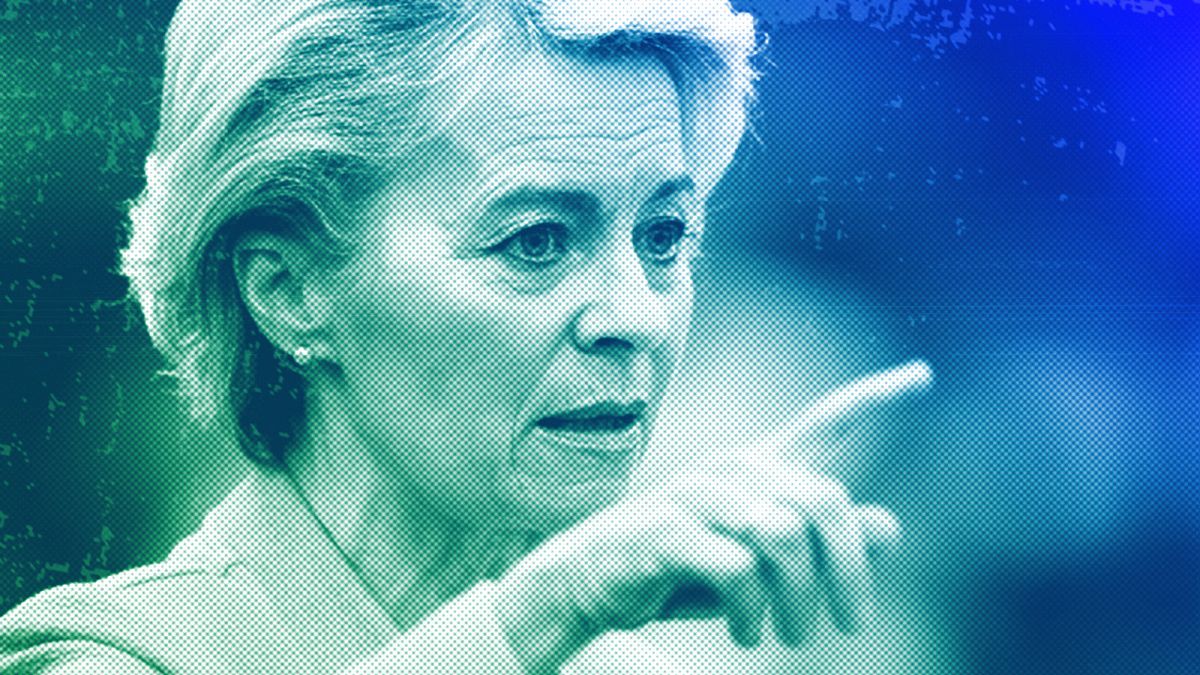
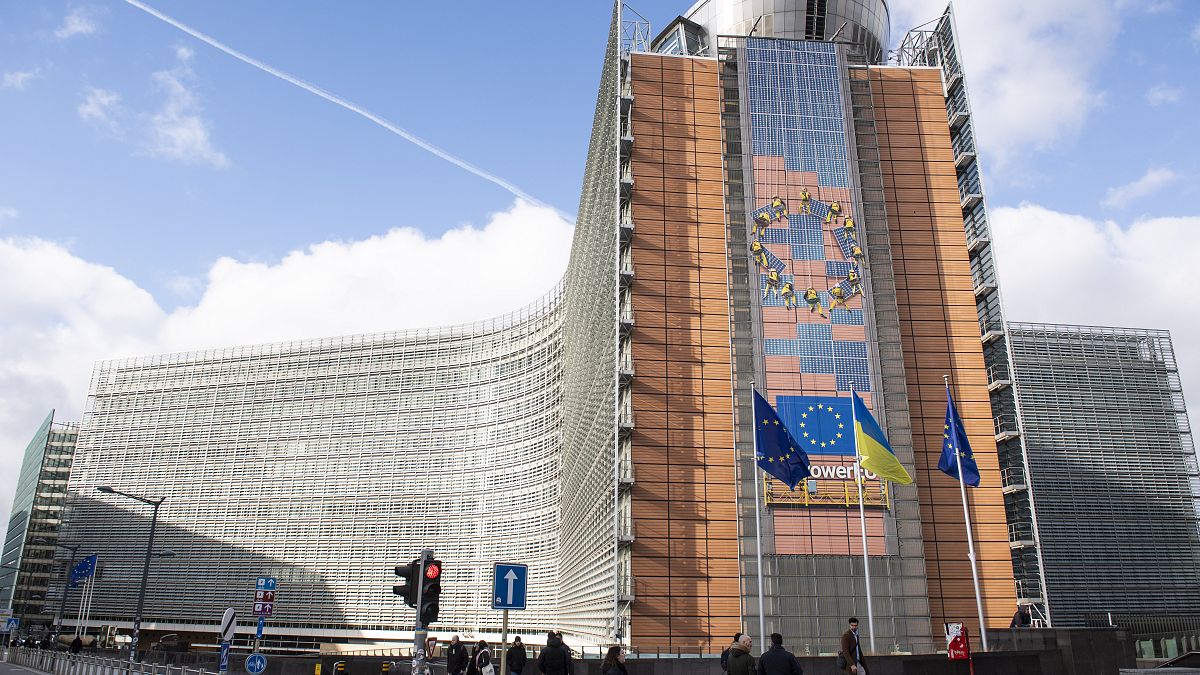

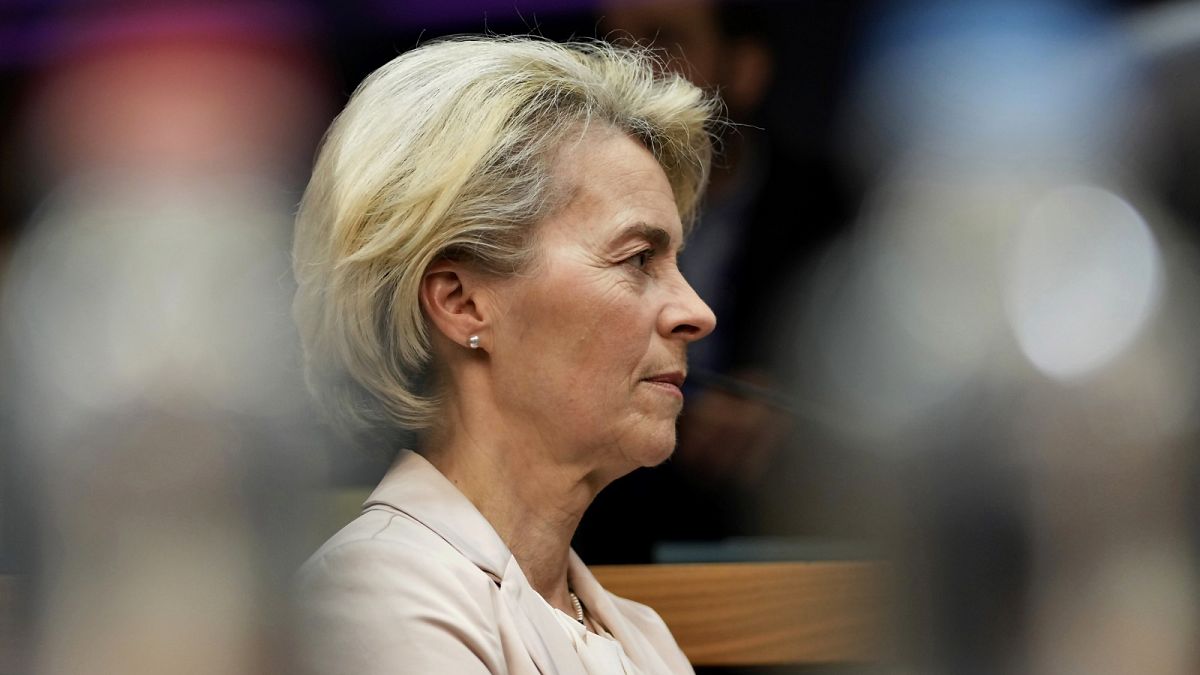

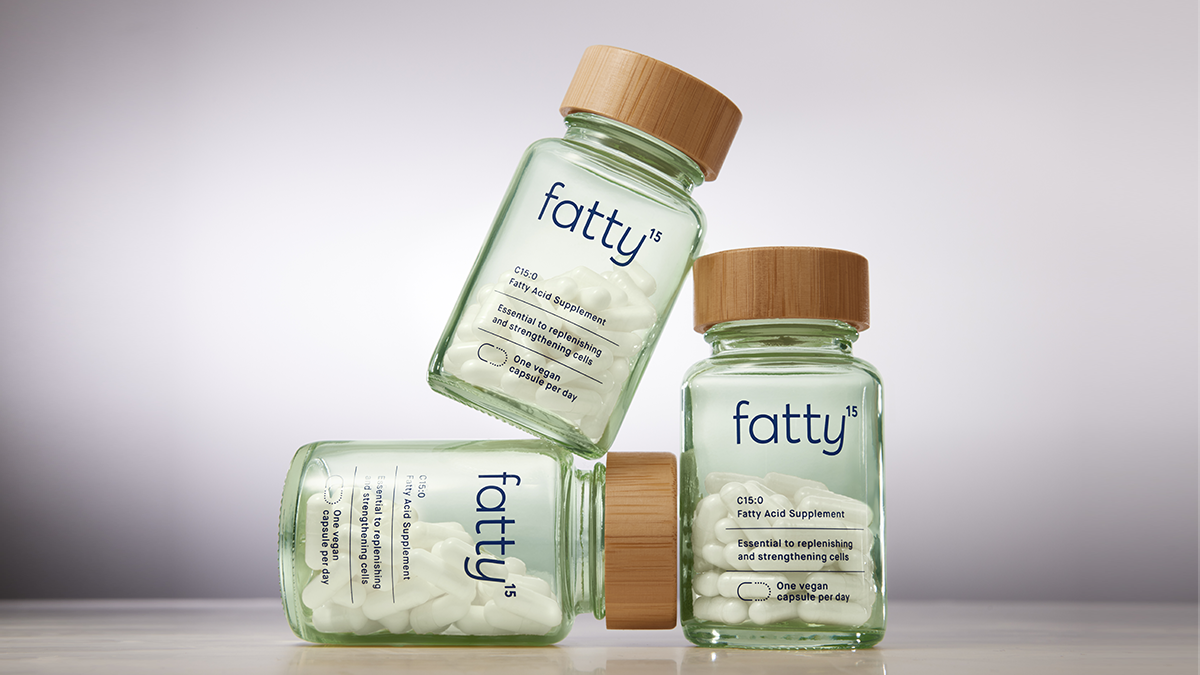



/cdn.vox-cdn.com/uploads/chorus_asset/file/25406819/STK051_TIKTOK_CVirginia_D.jpg)







